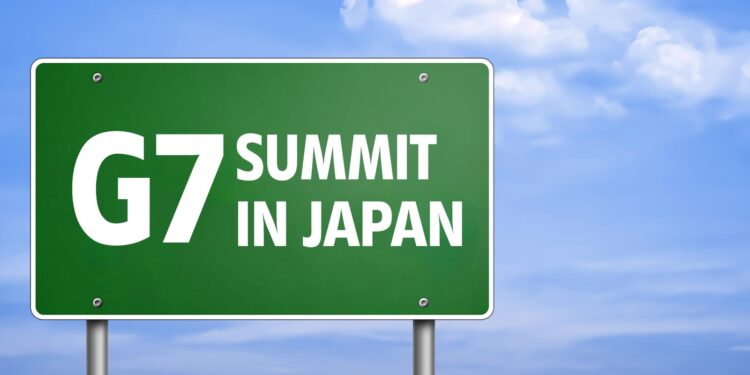BizAv Trip Planning: G7 Japan Summit 2016 – Part 1: Airport Options

This is a post by author Hiroshi Higashiyama. Hiroshi is representative director for Universal Aviation Japan, which has aircraft ground handling facilities in Haneda, Narita, Sapporo, and Osaka. Hiroshi is an expert on business aircraft operations in Japan and can be contacted at hiroshihigashiyama@universalaviation.aero.
This business aviation blog post is the first of a two-part blog on the G7 Summit taking place in Japan.
This year’s G7 Summit takes place May 26-27 at the Shima Kanko Hotel on Kashiko Island in Japan. In addition to attendance by G7 head of states, there will be associated meetings taking place with leaders from many other nations. We expect this to be a particularly busy G7 event for general aviation (GA) purposes. Significant access and aircraft parking issues should be anticipated for business aircraft operators other than those participating on diplomatic clearances.
The following is an overview of what you need to know:
1. Primary airport
Chubu Centrair (RJGG) is the primary and closest airport to the G7 Japan Summit 2016. However, this location will be closed to GA movements May 25-28 inclusive. Therefore, it will not be possible to land here even for a drop-and-go unless you have diplomatic authorization arranged via your embassy and coordinated by the Japanese government. Any GA aircraft on the airfield, other than in hangars, must leave RJGG no later than May 24. Based aircraft can remain in their hangars but may not operate to/from RJGG during this four-day period. Flights arriving with diplomatic clearances will not require airport slots for RJGG, but delays can be expected due to movements of diplomatic and head of state aircraft. RJGG, a 24-hour airport of entry (AOE), offers full GA support services.
2. Nagoya (RJNA) restrictions
Nagoya (RJNA) will carry the same restrictions as RJGG, with no GA movements permitted May 25-28. Only GA aircraft with diplomatic clearance will be allowed to land/depart RJNA during this time. Under normal conditions RJNA is not an AOE but can be re-designated as an AOE with three days prior notice.
3. GA alternates
Alternate airports available for GA without diplomatic status are Osaka Kansai (RJBB) and Shizuoka (RJNS). While RJBB is the preferred alternate – a 24-hour AOE with full GA support services – parking may be a challenge as many diplomatic flights are expected to drop passengers at RJGG and reposition to RJBB. Surface travel from RJBB to Nagoya is approximately two hours via train. RJNS is a smaller AOE located in the mountains with limited parking. Only a few parking spaces are available for GA, but limited hangar space is also available. While airports slots are generally easy to obtain for RJNS, operating hours are limited to 0830-1700 local with airport overtime possible, with advance arrangements, until 2000 local. Travel time from RJNS to Nagoya is approximately 90 minutes by car and train or 60 minutes by helicopter.
4. Tokyo parking options
Operators not able to arrange parking at RJBB or RJNS may use either of the two Tokyo airports — Narita (RJAA) or Haneda (RJTT) — as parking alternates. Train travel from downtown Tokyo to Nagoya is approximately one hour 40 minutes, plus travel time from the airport to central Tokyo.
5. Additional considerations
During the Summit period, security screening procedures will be more rigorous at all airports in this region of Japan. All passengers will be subject to enhanced screening, and luggage checks will be more rigorous than normal. It’s important to be careful on what you carry and to be prepared for the additional time involved in these processes. For catering uplifts we recommend placing orders at least 48 hours in advance, to avoid issues.
Conclusion
Both primary airports for the G7 Japan Summit have curfews in place for the duration of this event, with no drop and go options. Therefore, GA passengers without diplomatic clearances will need to plan on fairly significant surface travel to reach the Summit venue from the closest available airport. Due to the traffic this region will experience for this event, it’s recommended that operators make arrangements now, especially if you are traveling to the Osaka area which will act as an overflow airport.
Stay tuned for Part 2 which covers operating considerations for the upcoming G7 Summit.
Questions?
If you have any questions about this article or would like assistance planning your next trip to Japan, contact me at hiroshihigashiyama@universalaviation.aero.




